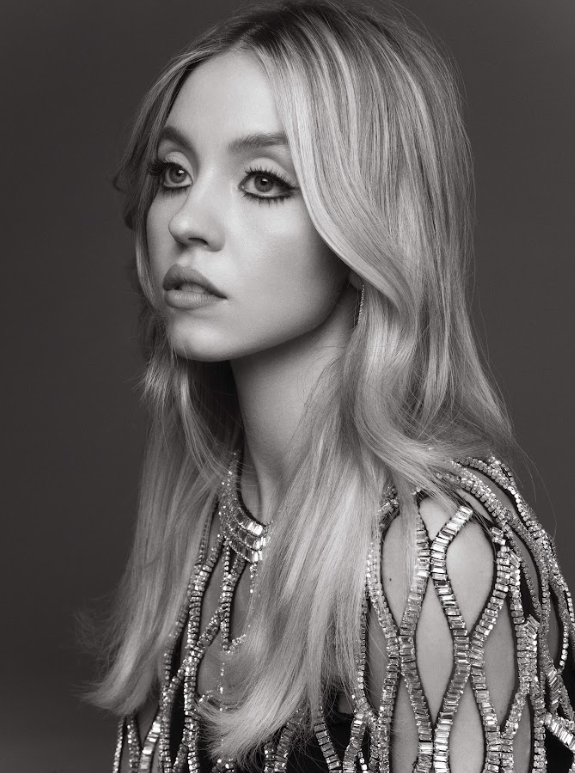Anticipation was high for the 2023 romantic comedy blockbuster “Anyone but You,” starring two attractive stars, Sydney Sweeney and Glen Powell. Months before the movie even came out, there were rumors that Powell and Sweeney had cheated on their respective partners during the filming of the movie in Australia. Though both have denied the allegations, it created a buzz around the movie.
As a self-proclaimed rom-com expert, I can tell you that “Anyone but You” was reminiscent of the early 2000s rom-coms I hold near and dear to my heart (“27 Dresses” (2008), “Bridget Jones’s Diary” (2001), “He’s Just Not That Into You” (2009) and “How to Lose a Guy in 10 Days” (2003), to name a few. Even its most memorable song, “Unwritten,” by Natasha Bedingfield, was a throwback released in 2004.
“Anyone but You” followed an incredibly basic rom-com format (including the protagonists being completely blind to the fact that the world doesn’t revolve around them, an annoying, but essential, feature). The supporting cast was notably more diverse than often featured in 2000s rom-coms as the movie was set on the wedding weekend of an interracial lesbian couple.
The recent buzz around “Anyone but You” leaves movie-goers to wonder: Is the rom-com “back?” But the real question is: has it ever really left?
Just like any genre, the rom-com has had its ups and downs. The origins of the rom-com can be traced back to Shakespearean times. In fact, “Anyone but You” was based on his “Much Ado About Nothing,” which is not unheard of within the genre. In fact, the beloved 1996 movie “10 Things I Hate About You” is based on “The Taming of the Shrew.”
The 1940s set the stage for the rom-com as we know it. (Slightly) more recently, the 80s experienced an era of shoulder pads, bright eyeshadow and Nora Ephron’s genius movies. “When Harry Met Sally,” released in 1989, continues to be a rom-com classic.
The next peak for rom-coms happened in the early 2000s, as mentioned earlier. Since then, rom-coms seemed to be few and far between. The genre, however, did not disappear completely, with notable titles coming from the 2010s such as “Love, Rosie” and “Love and Other Drugs.”
With the popular movie adaptation of Jenny Han’s “To All The Boys I’ve Loved Before” (2018), “Always Be My Maybe” (2019) and “Crazy Rich Asians” (2018), it seemed like rom-coms were “coming back” and using the genre to tell more diverse stories. Movies like “Set It Up” (2018) perfectly encapsulate the spirit of the romantic comedy.
Rom-coms have often gotten the title of “chick flicks,” which have generally carried negative connotations of being superficial and ditzy. However, these movies are made by women, star women and are marketed to women, an unusual feat in the male-dominated film industry. The rom-com genre has allowed female filmmakers, directors, and producers to break through, most notably Nora Ephron and Nancy Myers.
Though they are targeted at women, rom-coms, at their core, are human stories. When action movies use millions of dollars to transport their audience into a different world, rom-coms have faith in their audiences to believe in a world that looks just like ours, but more fantastical and hopeful.
There is a certain unspoken understanding that rom-coms subscribe to; it’s why watching any of them is deeply satisfying. The main characters may not always end up together, but they will always change and grow into better versions of themselves. It reinforces the idea that the single most important thing in life is not career success, money or looks but genuine connection. Rom-coms remind us to be open to new people and opportunities; they just happen to be wrapped up in a bow and delivered with songs, montages and Glen Powell in Australia.






